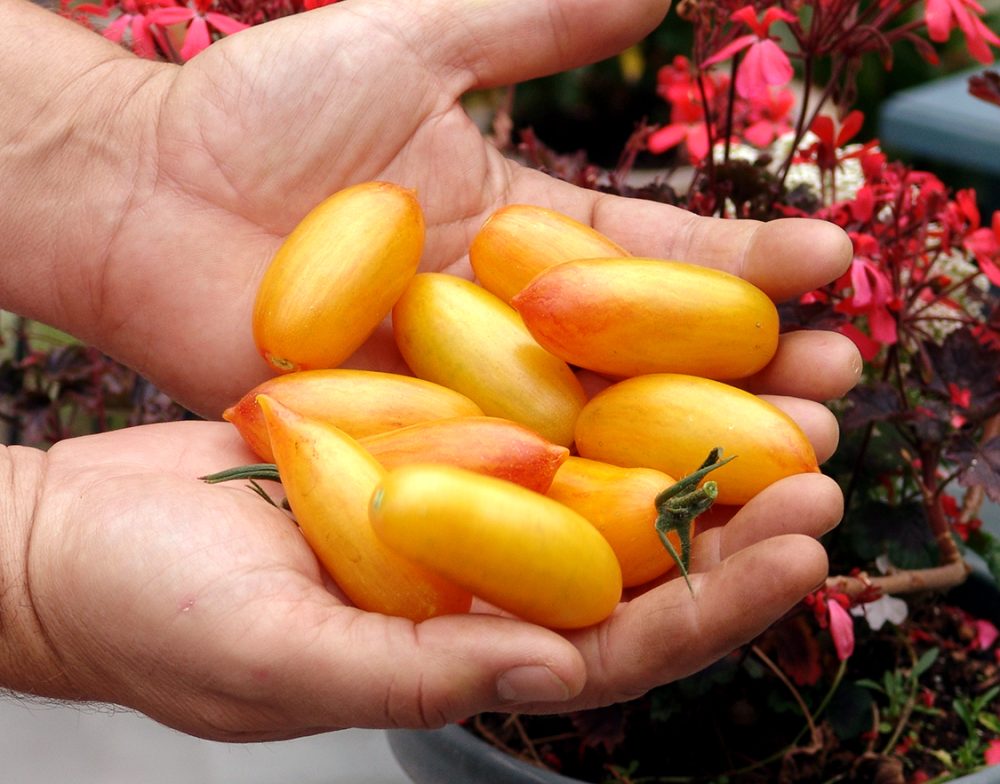
Every year I try to be more organized with my business. I ask myself questions like these:
- What do I want to offer this year?
- What tomatoes or peppers did I not like?
- What do my customers want?
- Are there any new and astounding introductions that I need to try?
- How much soil and germinating mix do I need?
- Do we have enough stock of the amendments we incorporate into our mix?
- When do we want to open?
- When do we need our other greenhouses up?
And then I have to think about updating the website, doing research for descriptions, pictures, making large tags, small tags, marketing, doing the bookkeeping/taxes . . . etc.
I think one of the biggest concerns is figuring out how far back to plant the seeds so they are ready at a certain time. It doesn’t matter whether they are tomatoes, peppers, flowers or veggies. When I first started my business, I planted everything on March 17th. That didn’t work out so well. I had ginormous plants in small pots. (We called them trenching tomatoes!)
One variable we can’t control (a big one) is the weather. Since we grow ours as close to nature as possible, we heat only to keep them from freezing. We don’t grow ours as the bigger operations do with climate controls for even temperatures. It gets hot, it gets cold. (I think that is why ours do really well here in our part of the world). When the sun comes out, even if it is cold outside, it heats up very quickly. Cooler temps encourage root development so they have a stable base to start reaching for the stars when it gets warmer. We have had some of our varieties grow a foot in one week! (I know that sounds great but that is not good at all).

My dining room becomes the seed starting room for several months. Shelves, fluorescent light banks, germinating mix, water jugs, seed packets, plant lists, pixie stakes, anything needed for planting. It is quite the mess! This is the room we use for our game nights twice a month, needless to say, we are relegated to the living room playing Scattergorries or Charades for several months.

This year we are going to try and have 2500 gallons for sale. That is 1000 more than last year. They are easier to keep happy, don’t require as much water (don’t dry out) and have a BIG headstart over the ones in the smaller pots. That is really important in my part of the world where there every other town/location seems to have a different growing zone! Our weather. isn’t really consistent. sometimes we have a long growing season, sometimes we don’t. Last year we had a frost/snow late September. One year it didn’t get ugly until November. All it takes is one frost and your plants are done, it doesn’t matter if we have two months after that of temperate weather. With some varieties, it is important to have the headstart.

Take the Pink Brandywine. It has a long growing season and really needs the extra two months. I have found that it is not the size of the plant but the maturity of the plant that determines whether you harvest something or not. Pineapple is another one that benefits from this, as do a lot of the bigger heirloom varieties. We will still have our regular pot size.

I just finished my first cup of coffee and as I contemplate going out to transplant some more tomatoes, I am glad I could tell you some of what I do and how I do it.
I know this is a long post but I wanted to share some of the workings and thoughts behind being an “urban farmer”. It’s not all fun and games and takes quite a bit of planning and thinking and of course hard work! To the gentleman who said that farming is a no-brainer occupation, I’d like to invite him to put himself in my shoes and the shoes of every other farmer out there and let him see how hard it really is! It’s not as simple as digging a hole and dropping a seed in it. I use a lot of gray matter to grow my business!






